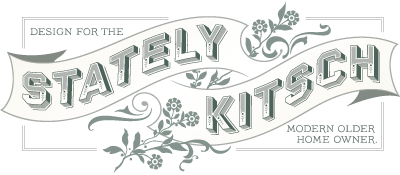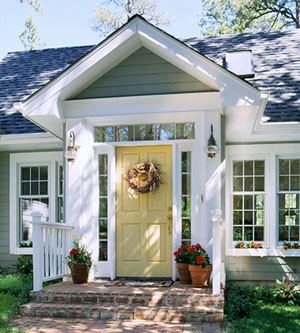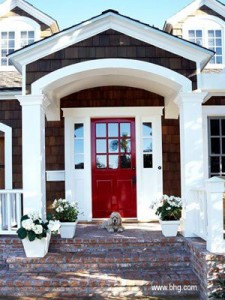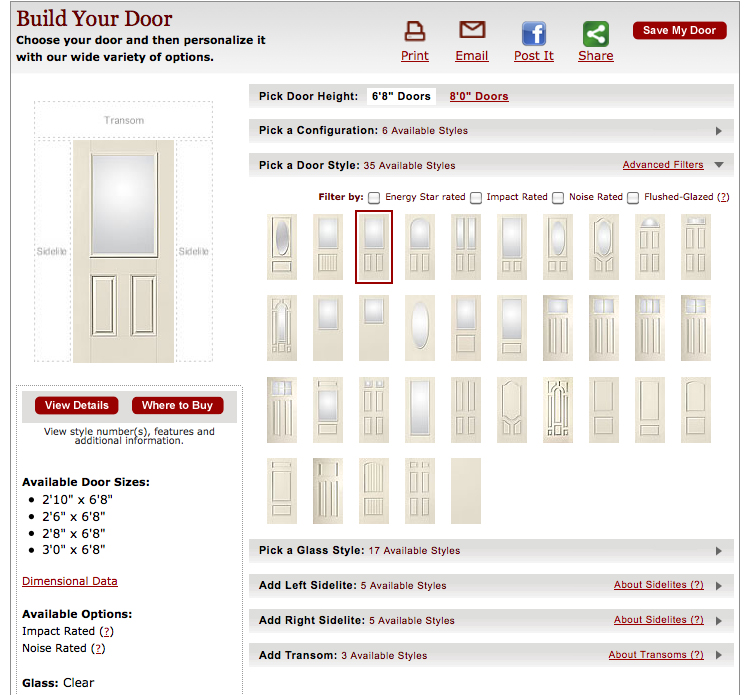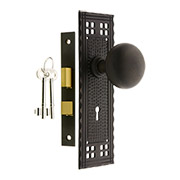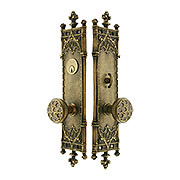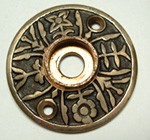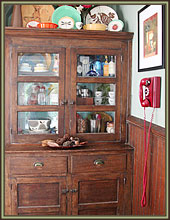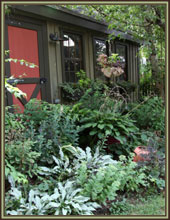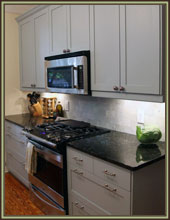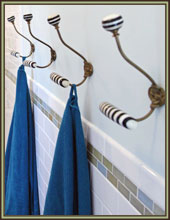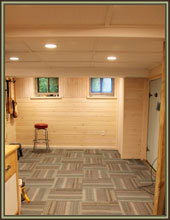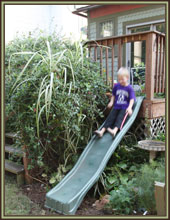Laura and Ken have narrowed down the exterior house colors and shingles, so now it is time to focus in on the front door. The front door is such an important part of the house, it is not only where people first come into the house (and wait while you open the door) but it is also something that you touch. I have a general rule that the closer something is to you, the better the quality should be. So in our case the door is important. The style also sets the mood for the house. Fortunately now doors come in all different shapes, sizes, glazing and colors. I am a fan of a bright colored door to welcome someone!
Here are a few that I found via Pinterest:
1.juztimage.com via pinterest 2. bhg.com via pinterest 3. houseofturquoise.com via pinterest
Since we were looking primarily in the gray range for the house, we looked at 3 colors for the door: yellow, red and blue/aqua. All would pop against the gray house and white trim. Once we decided on a painted door instead of a natural finish, it then turns to deciding on what type of door. Their builder recommended Therma-Tru, which is one of the largest manufactures of doors in America. Fortunately they make a fiberglass entry door system, which is great for several reasons. Fiberglass is quite strong but unlike steel doors it won’t rust and doesn’t require a thermal break. It should stand up well to lots of use without getting dings and it also takes paint well and doesn’t expand and contract like wood. It also helps that the options in fiberglass are quite good now! They also offer the complete system with the sidelites and transom (glass above the door), so that will help to make sure that the joints are tight which will help keep the weather out. Another option for fiberglass doors is Jeld-Wen but I couldn’t seem to find sidelites and transoms on their website.
Here is the configurator options for the Therma-Tru Smooth Star Entry Door Collection:
As you can see the options are quite extensive, from traditional to arts and crafts and ranging from no glass to almost all glass. They also offer a more traditional panel look or a beadboard style.
After reviewing the options, Laura and Ken selected a model with more glass, to help bring light into the space. They are fortunate and the entry is a double height space, so they can take advantage of the light from transom above the door.
I think it will be very welcoming! I would finish it off with a number like this in paint or vinyl (idea originally from the first issue of Blueprint Magazine) in black just below the glass.
Image from Holly Mathis Interiors
